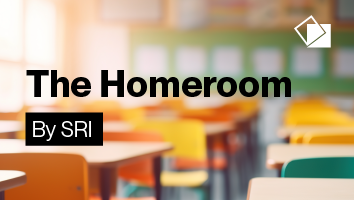Citation
Penuel, W.R., Korbak, C., Daniels, M., Kim, D., Yarnall, L., Hawkins, J., & Pacpaco, R. (2000). Community technology centers program findings summary: A review of FY99 grantees’ annual performance reports. Menlo Park, CA: SRI International.
Abstract
This report, submitted by SRI International, describes the results of a review of annual performance reports submitted by the FY99 grantees to the U.S. Department of Education on progress made toward the accomplishment of the CTC program’s mission. Both the proposals and the first-year reports of 28 of the original 40 grantees were reviewed, and the results of that review are provided in this report. One aspect of the CTC program involves the expansion of access to technology. In the first year of the program, grantees successfully expanded access to technology in many urban and economically distressed communities. Of 84 planned new community technology access points, 50 opened. In addition, 17 existing technology access points were expanded during the first year of the award period. Importantly, most of the FY99 grantees aimed to serve those groups identified by the Department of Commerce as least likely to have access to computers and the Internet: nearly half planned to serve African American or Latino residents; one-quarter planned to serve Native Americans or Alaskan Natives; more than three-quarters planned to serve unemployed residents; and most planned to serve low-income residents. Another aspect of the CTC program is the provision of opportunities for educational uses of technology in disadvantaged communities. Grantees have established a range of educational programs to serve all ages. Most offer a technology skills program, providing training in the use software and the Internet. Most also teach technical or hardware skills, and offer open access to technology in the centers and/or at home. About half offer programs for developing job skills, and for improving academic performance. About a third offer GED and ESL programs.


